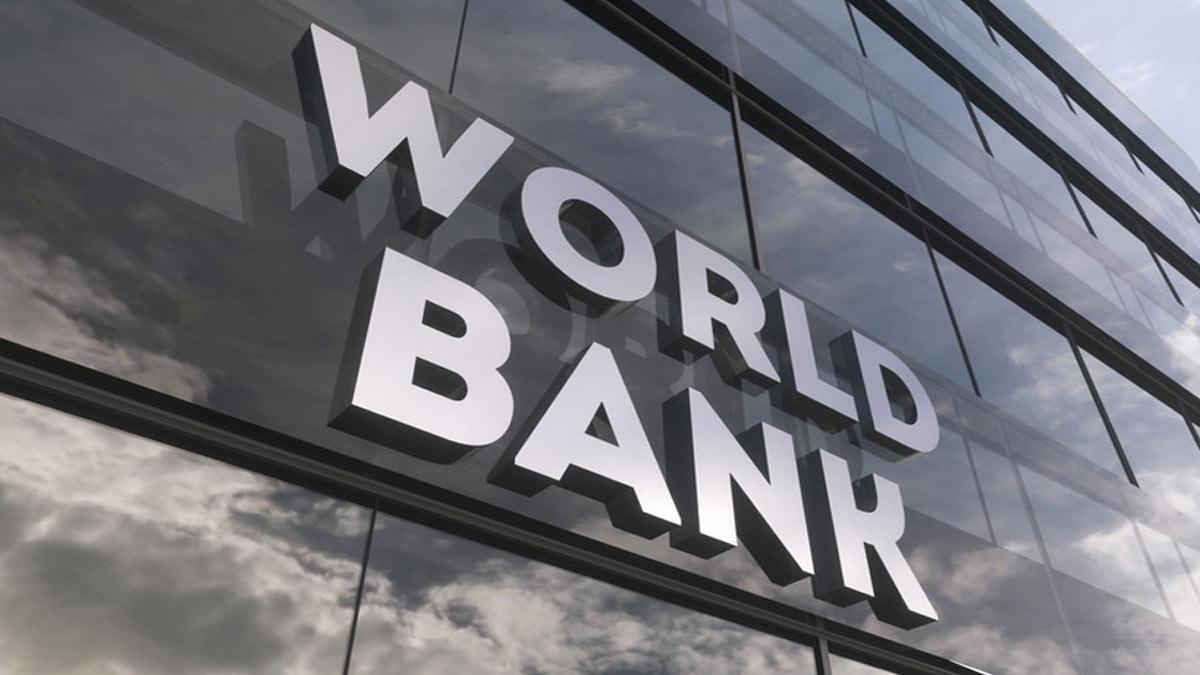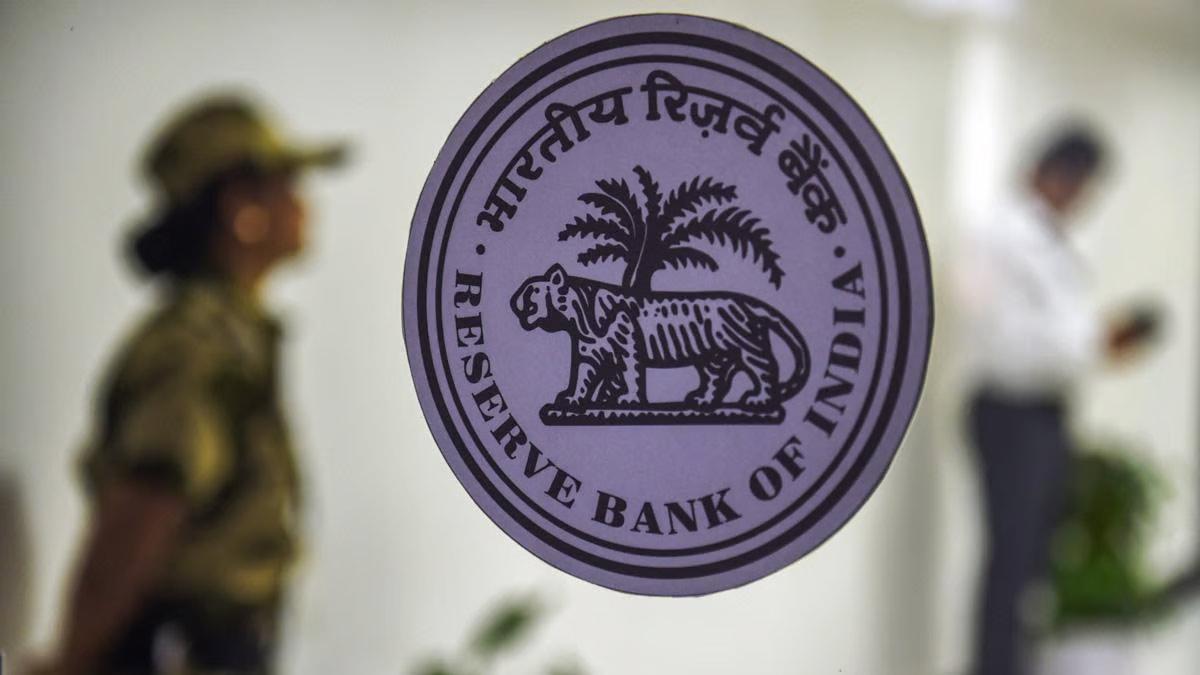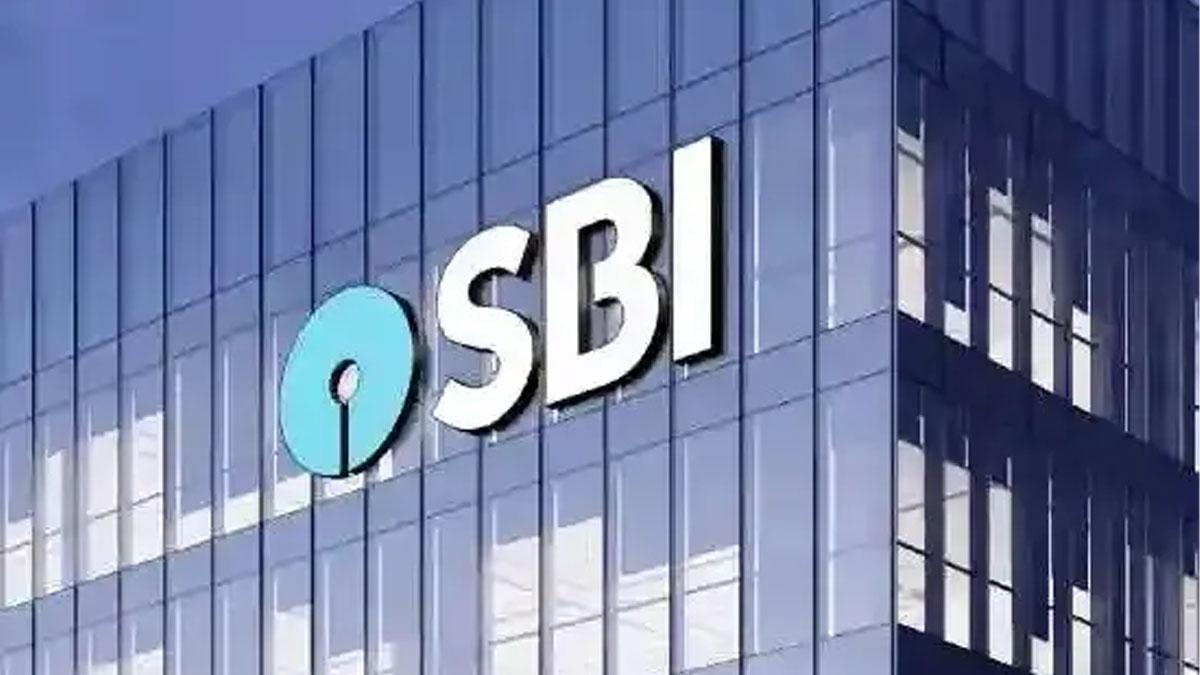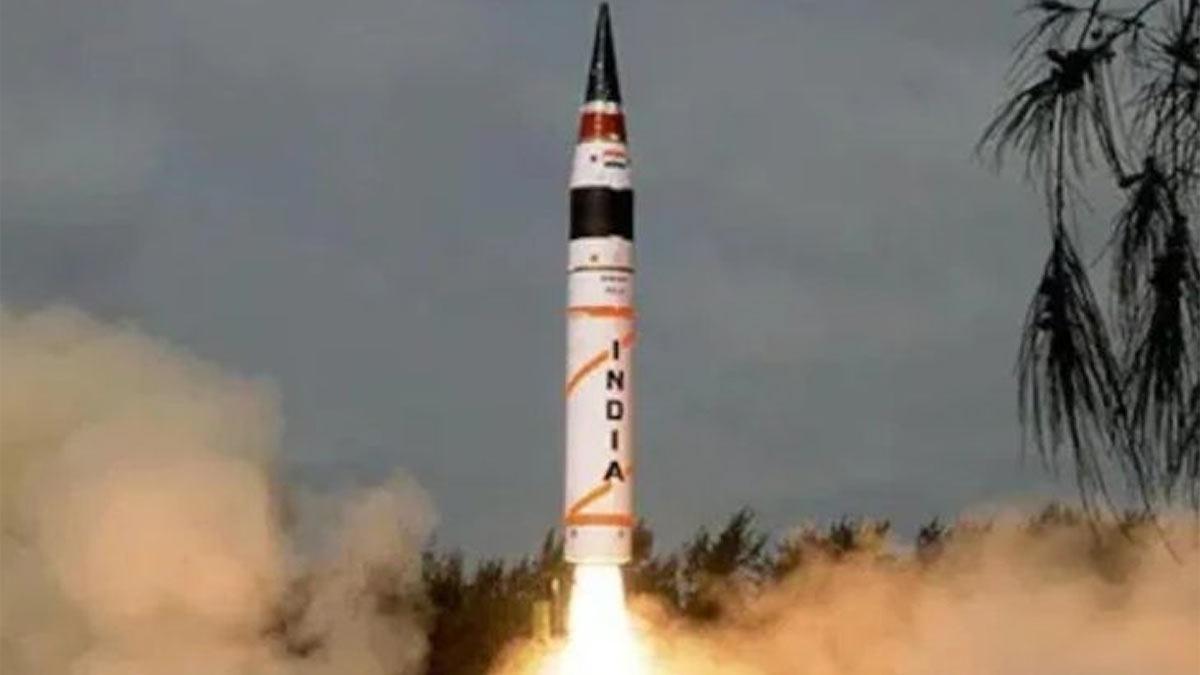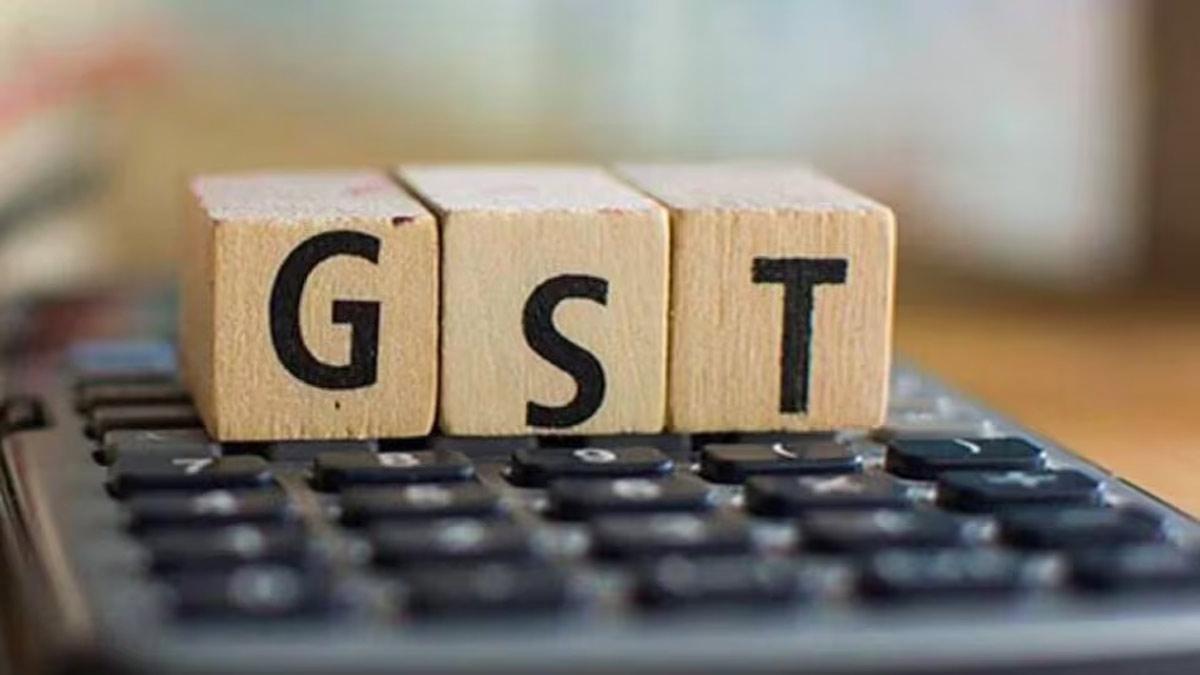With Prime Minister Narendra Modi at its helm, India has recorded a staggering decline in extreme poverty in the last ten years. Based on the latest figures published by the World Bank, the percentage of Indians in extreme poverty fell drastically to 5.3% in 2022–23 from 27.1% during 2011–12.
This equates to a total of around 75.24 million people in extreme poverty in the year 2022–23, down sharply from 344.47 million in 2011–12. Essentially, around 269 million have been taken out of extreme poverty over the period of around 11 years.
The World Bank figures show that Uttar Pradesh, Maharashtra, Bihar, West Bengal, and Madhya Pradesh, which contained 65% of India's extreme poor in 2011-12, were the key to this change, responsible for two-thirds of the country-wide fall in poverty.
"In absolute numbers, those living in extreme poverty declined from 344.47 million to a mere 75.24 million," World Bank figures pointed out.
Based on the international poverty line of $3.00 per day (equivalized to 2021 prices), the estimate captures notable improvements in both rural and urban segments.
By the earlier poverty line of $2.15 per day (using 2017 prices), India's rate of extreme poverty was only 2.3% in 2022—sharply down from 16.2% in 2011–12. In number terms, 33.66 million Indians were below this line in 2022 compared to 205.93 million in 2011.
The direction has been uniform across geographical areas: rural poverty declined from 18.4% to 2.8%, and urban poverty fell from 10.7% to merely 1.1% in the past 11 years.
India has also progressed strongly in reducing multidimensional poverty. India's Multidimensional Poverty Index (MPI) declined from 53.8% during 2005–06 to 16.4% by 2019–21 and further to 15.5% by 2022–23.
As the BJP-led National Democratic Alliance completes 11 years in power, Prime Minister Modi has underlined the changes initiated to fight poverty. He pointed to the government's focus on empowerment, infrastructure creation, and growth that reaches everyone as being at the core of its fight against poverty.
Flagship schemes like the Pradhan Mantri Awas Yojana, Ujjwala Yojana, Jan Dhan Yojana, and Ayushman Bharat have very much increased access to housing, clean fuel for cooking, financial services, and healthcare to millions.
Schemes like Direct Benefit Transfer (DBT), widespread digital growth, and enhanced rural infrastructure have promoted transparency and facilitated quicker delivery of welfare services, enabling over 250 million individuals to surpass poverty.
Read also| RBI Governor Confirms India's Forex Reserves Adequate for 11+ Months of Imports
Read also| RBI's 50 BPS Repo Rate Cut: Home Loan EMIs and Tenure Set to Decrease

